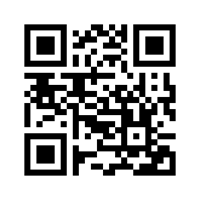
Goddard Space Flight Center, Greenbelt, Maryland 20771
ENGINEERING COLLOQUIUM
Monday, December 7, 2015 / 3:30 PM, Building 3 Auditorium
Don Jennings
"The LEISA Instrument on New Horizons"
ABSTRACT -- Pluto and its moons were explored by the New Horizons spacecraft during an exciting, long-awaited encounter on 14 July 2015. New Horizons carries LEISA, the Linear Etalon Imaging Spectral Array, whose primary purpose is to identify the composition of surface ices and to map them in detail. LEISA and MVIC, the Multispectral Visible Imaging Camera, make up Ralph, New Horizons’ visible and infrared mapper. LEISA made several discoveries at Pluto. The planet’s surface has large, contrasting regions with varying concentrations of methane and more limited areas of water, carbon monoxide and nitrogen. Pluto’s largest moon Charon is covered mostly with water ice, but has small, isolated pockets of ammonia. LEISA was conceived and built at Goddard Space Flight Center specifically for the mission to Pluto. Begun in 1993, LEISA and the Pluto mission weathered many years of uncertainty before being given the go-ahead for flight development in 2001. Launched in 2006, the instrument took spectral images of Jupiter during the New Horizons flyby in 2007 and then settled in for eight years of cruise, with checkouts and testing along the way. This long effort came to fruition in the highly successful Pluto encounter. If NASA approves an extended mission, New Horizons will cap off this adventure with an up-close look at a Kuiper Belt Object.
SPEAKER -- Don Jennings is an astrophysicist in the Detector Systems Branch at Goddard Space Flight Center. His PhD is from the University of Tennessee and he has been at Goddard working in science and engineering since 1976. He has contributed instrumentation and been a scientific investigator on several planetary and Earth missions, and he also conducts ground-based observations of planets and the Sun. His most recent roles have included operations and science for the Cassini Composite Infrared Spectrometer (CIRS), which has worked successfully in orbit around Saturn for 11 years, and the New Horizons infrared imaging spectrometer, LEISA, which during the July 2015 encounter examined the surfaces of Pluto and its moons.
Colloquium Committee Sponsor: Brent Warner
Engineering Colloquium home page: https://ecolloq.gsfc.nasa.gov